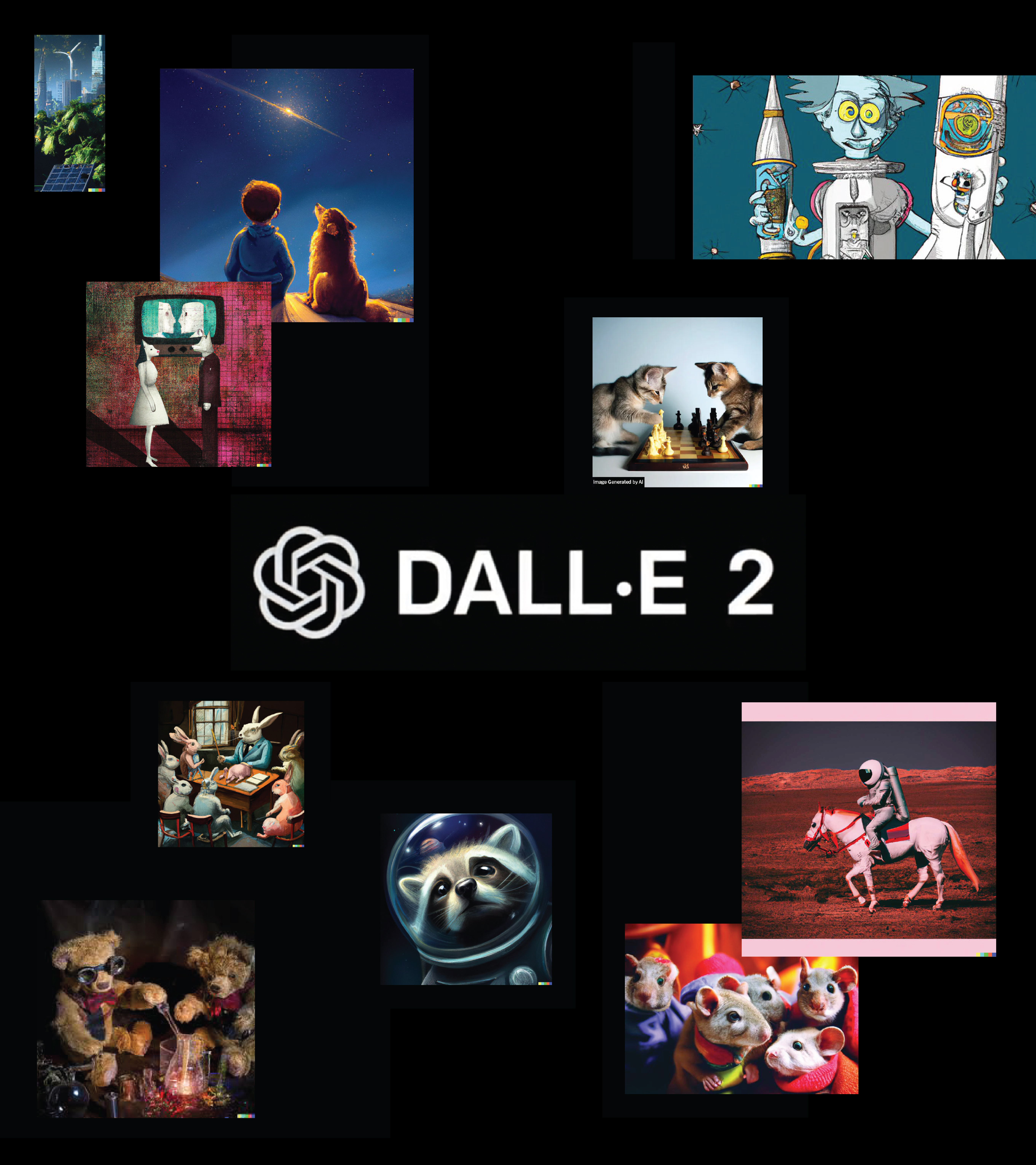Is collaborating with artificial intelligence the future of design?
With AI art generators such as Dall-E 2 and Midjourney allowing the general public to harness the power of AI to create weird and wonderful images, the question of whether robots will take over the creative design process from humans has become more pertinent.
As the technology develops, the concept of using AI in marketing is starting to come into focus, posing exciting creative design possibilities that could unlock new opportunities for marketers.
AI technology in design
Over recent months, AI-generated art has hit the mainstream, although the concept is far from new. Google DeepDream was released in 2015, initially to visualise neural network patterns, but soon developed into a form of abstract art. New iterations of the tool are even able to generate photorealistic images.As new technologies are developed, the concept of AI taking over the design process is starting to feel more plausible. But is AI-human collaboration the future of design?
The positives of AI collaboration for design:
Streamlines the creative process
Feeding related concepts into an AI design tool is a great way to come up with some initial concepts, generating a unique starting point to expand on. For example, while there are many websites offering AI logo design, their creations can feel a little generic, but may help to clarify what does and doesn’t work in a design.Creates completely unique images
Using AI allows you to create unique, brand-new images, so there’s no need to use uninspiring stock images, or trawl through royalty-free photographs. However, it’s important to be wary of the ethical concerns around using AI to recreate specific styles or intellectual property and steer clear of copyright infringement.Reduces internal costs
By speeding up the creative process and essentially adding an extra pair of hands to your team, using artificial intelligence for graphic design can reduce project costs throughout the project. Of course, you’ll need to weigh this against the cost of any AI tools you use, as well as the time and resources spent on training it and refining the results.The negatives of AI collaboration for design:
Poses comprehension issues with creative briefs
An AI art generator can be fed information and taught, to an extent, but everything comes down to patterns and algorithms. Whether AI can truly comprehend and interpret a creative brief is somewhat of an ongoing debate, but the current technology still works on input versus output in a fairly mathematical sense.Surrenders the creative decision making process
Outsourcing graphic design to AI means letting go of creative control, which could be detrimental to your brand. A bot can never truly understand all the complicated nuances of your company history and the shared lived experiences of your audience. When it comes to marketing to humans, surely a human touch is better?Lacks reliability – at least for now
AI art and design is still in its infancy and the results, while impressive, can be unreliable. Take the example of the prompt of salmon in a river, where the bot has output salmon as food rather than animal. Without the full context, AI can’t always infer what you want, which can lead to undesired results.Do we still need human intelligence?
There are definitely viable AI applications in marketing, with lots of exciting new possibilities on the horizon. However, current AI design tools, particularly those within an attainable budget, still require a fair amount of human intervention. For the moment, AI design might be best suited as a jumping-off point that is then refined by human skill and creativity.Looking for creative design you can rely on?
m360 may not offer AI logo design, but we do have human brains packed with lived experiences and creative ideas to turn your concepts into memorable marketing touch points. Whatever you need help designing, get in touch and we’ll be happy to collaborate with you.